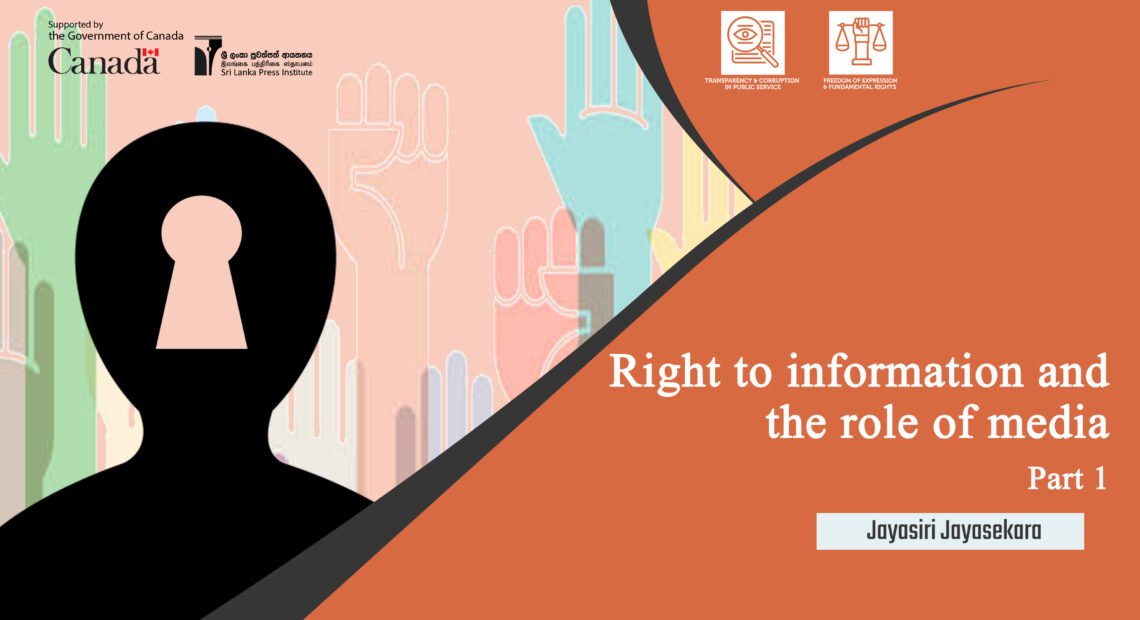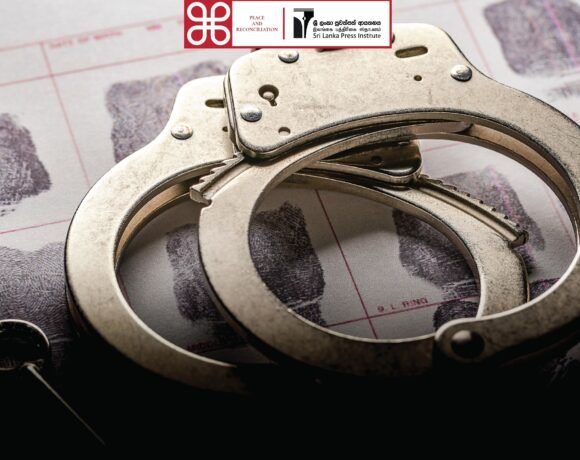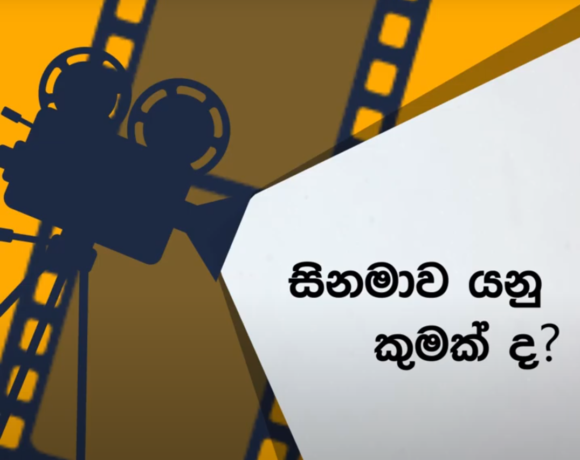
Right to information and the role of media – Part 1
Jayasiri Jayasekara
As Harold J. Laski stated, a nation that does not have access to the accurate information would be slaves of others one day. Accordingly, the right to information is the key to be free from slavery. This key was hidden in a secret chest until 2016 No. 12 Right to Information Act was passed in Sri Lanka. After that, any citizen can open the state safe boxes and search for information. The journalists whose job is browsing information and reporting can now use this as a privilege.
During the four year period since 03 February 2017, the journalists in Sri Lanka have used this key for various purposes. A media culture of using the right to information as a tool is gradually building up, and the number of journalists who use it and the number of instances of using it is increasing. The journalists’ role in assuring the right to information and providing the examples is significant.
Sri Lanka among the neighbours
Right to information is not a new experience for the world. However, Sri Lanka is far behind in the Asian region regarding this right while neighbouring India is leading. Agitations for the right to information started at the lowest level of the Indian society, and the struggle spread to the civil society, community leaders, professionals and media. People protested many days in certain instances before the corrupt institutes demanding information and eventually won. Right to information was granted to an Indian polity that fought for it.
However, the experience in Sri Lanka is different. Right to information was not a slogan among the ordinary people and civil organizations. The Local Government Act of 1987 opened space for the citizens to engage with governance, but the political culture did not develop to use it. On the contrary, the multi-purpose cooperative societies under the full control of citizen members have also been invaded by party politics. Although the citizens did not enjoy the right to information, their representatives enjoyed it. Questions asked from the relevant Minister expecting replies were the most powerful tool to obtain information, but the parliament members rarely used it. The civil society which elected the members of parliament did not advocate to make them use it wisely.
Struggle at the elite
The advocacy for the right to information in Sri Lanka started from the media and civil society interested in a constitutional amendment. In terms of the media society, the demand for the right to information was set forth in 1998 by a few organizations, including the Free Media Movement. Demand on the right to information was first included in a proposal for media reforms submitted to the government led by President Chandrika Bandaranaike Kumarathunga by Free Media Movement in 1994.
The first draft of the right to information was compiled in 2003 by a committee comprised of senior civil servants, lawyers, editors, activists and professionals appointed by Prime Minister Ranil Wickramasinghe. Although the cabinet approved the draft, it was not passed by the parliament. Later, MP Karu Jayasuriya moved it as a private MP proposal, but it failed to proceed. However, the draft compiled in 2003 was the basis for a more advanced bill in 2015. As a result of the preliminary process, the bill could be passed in the parliament within a year, before the Good Governance deviated from its path. It was how the Right to Information Act was saved from the fate of the new constitution proposed by that government.








